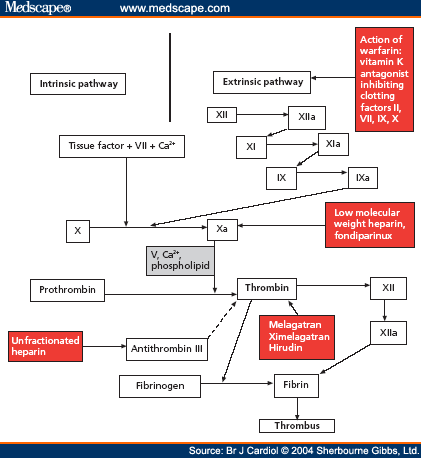So today I got one pt with IE..so lets discuss lil bit abt IE management:
Treatment:
Empiric treatment:
- for native valve endocarditis: Pen G+ genta--for synergistic coverage for strep
- for prosthetic valve: have to cover MRSA and Coag negative Staph aureus : so have to use Vanco+genta
- For IVDA: have to cover staph aureus: Nafcillin/vanco+ Genta
- rifampin can be added if pt has any foreign body: like prosthetic valve..as Rifampin can penetrate biofilm of most of the pathogen ...shoud be added to Vanco+gentaan
- can use Linezolid in place of vanco if renal function is not good and have difficulty in achieving trough level.
- if vanco resistance: then can use linezolid or Daptomycin
- have to give ABX for almost 4-6 weeks and Only IV treatment not oral ..Oral should be used only as suppressive for inoprable Prosthetic valve Endocarditis.
If pt has vagetation then it is difficult to eradicate oragnism as antibiotic had dofficulty in penetrating fibrin/platelet rich thrombi
specific Treatment:
Usually Native valve endocariditis is caused by Strep Viridans and Bovis : can use
-Pen G alone If no other complication but require Continous IV infusion 12-18u/day or 6times a day for 4 weeks so has very poor pt compliance
- or ampicillin 12 gm/day as continous IV infusion or 6 equally divided doses iv
- can Use ceftriaxone in place of Pen G, and it requires only twice a day dose for sick and Once a day dose for Stable pt so has good pt compliance..sometimes can be given IM if IV access is difficult.
-cefazolin 6gm/day can be also used in 3 equally divided doses for 4 weeks
-if allergic to penicillin ; use vanco 30 mg/kg/day , but not more then 2gm/day q12hrly for 4 weeks
-for sick/complicated pt ahve to use 2 drugs so have to add genta 1 mg/kg with Pen G or Ceftriaxone
For enterococcal Infection:
same treatment can be used
if PVE: then 6 weeks of treatment is used
-
A combination of an inhibitor of cell wall synthesis (ie, penicillin, vancomycin) with an aminoglycoside (ie, gentamicin, streptomycin) is necessary to achieve bactericidal activity against the enterococci. Tobramycin or amikacin does not act synergistically with antibiotics active against the bacterial cell wall.
-if resistnace to Beta lactmase then : use Ampi-sulbactam/vanco/cipro/imipenam + genta
For VRE:
- can use Quinupristin/dalfopristin
- ampi+ceftriaxone
- ampi+ imipenam
- linezolid
- chloramphenical
For MSSA:
- Nafcillin/oxacillin 2gm/day q4hrly
- cefazolin 2gm IV q 8hrly
- if allergic to pen: use Vanco 30 mg.kg /day
Id staph with MIC for vanco> 1.5-2 mcg/ml ---use other ABX---linezolid/daptomycin
If PVE +MSSA:
use Cefazolin/nafcillin/oxacillin for 4-6 week
add Genta+ rifampicin for 2 week
PVE+MRSA:
use Vanco+ genta+rifampin
Linezolid had better outcome then Vanco: but have to monitor blood count
or daptomycin
HACEK:
use ampicillin or cefazolin
VAlve replacement Surgery:
if IE cause
- CHF
- >1cm vegetation
- perivalvular or myocardial abscess
- valve dysfunction
- >1 embolic episode
Fungal IE:
Surgical excision+ Amphotericin B



